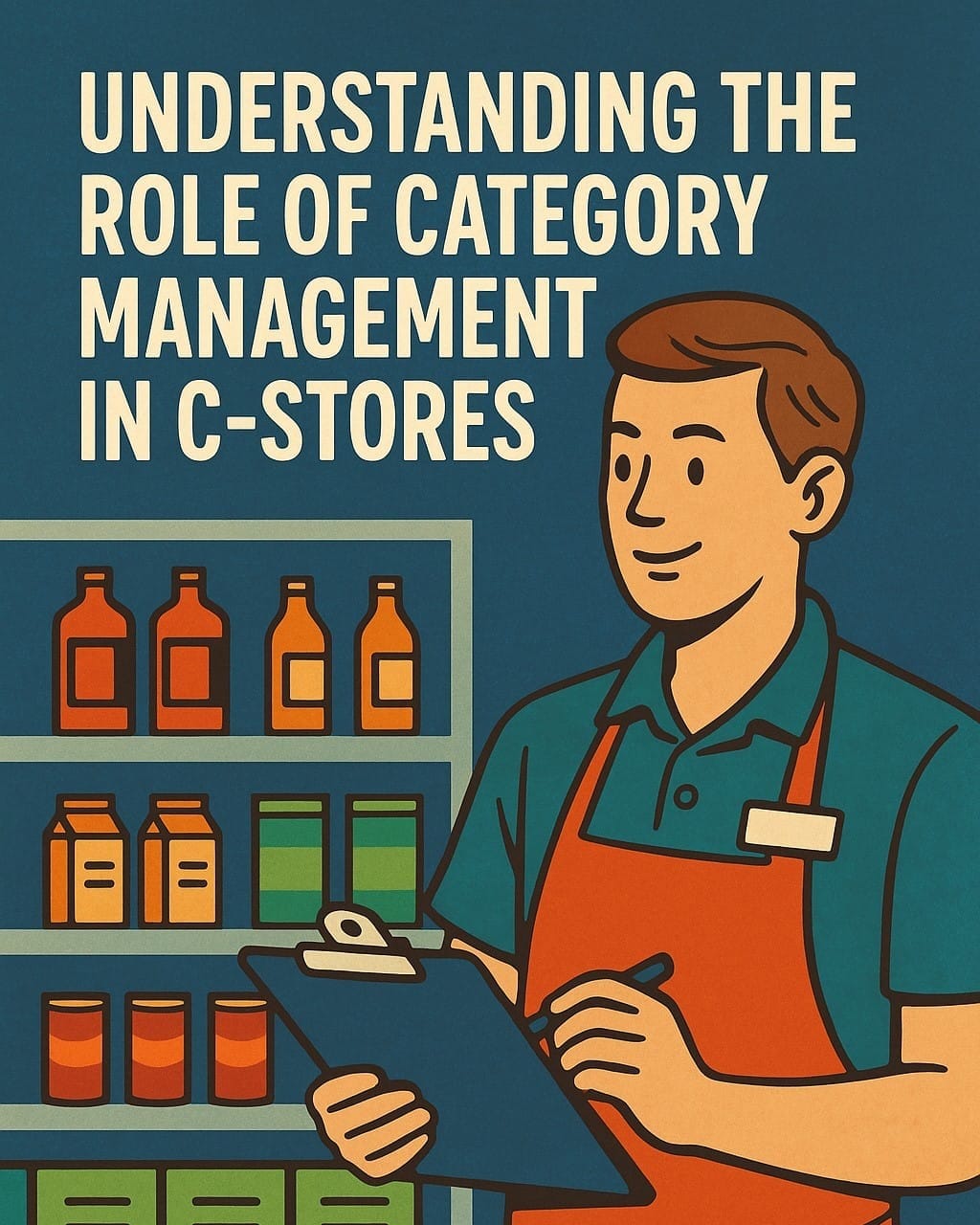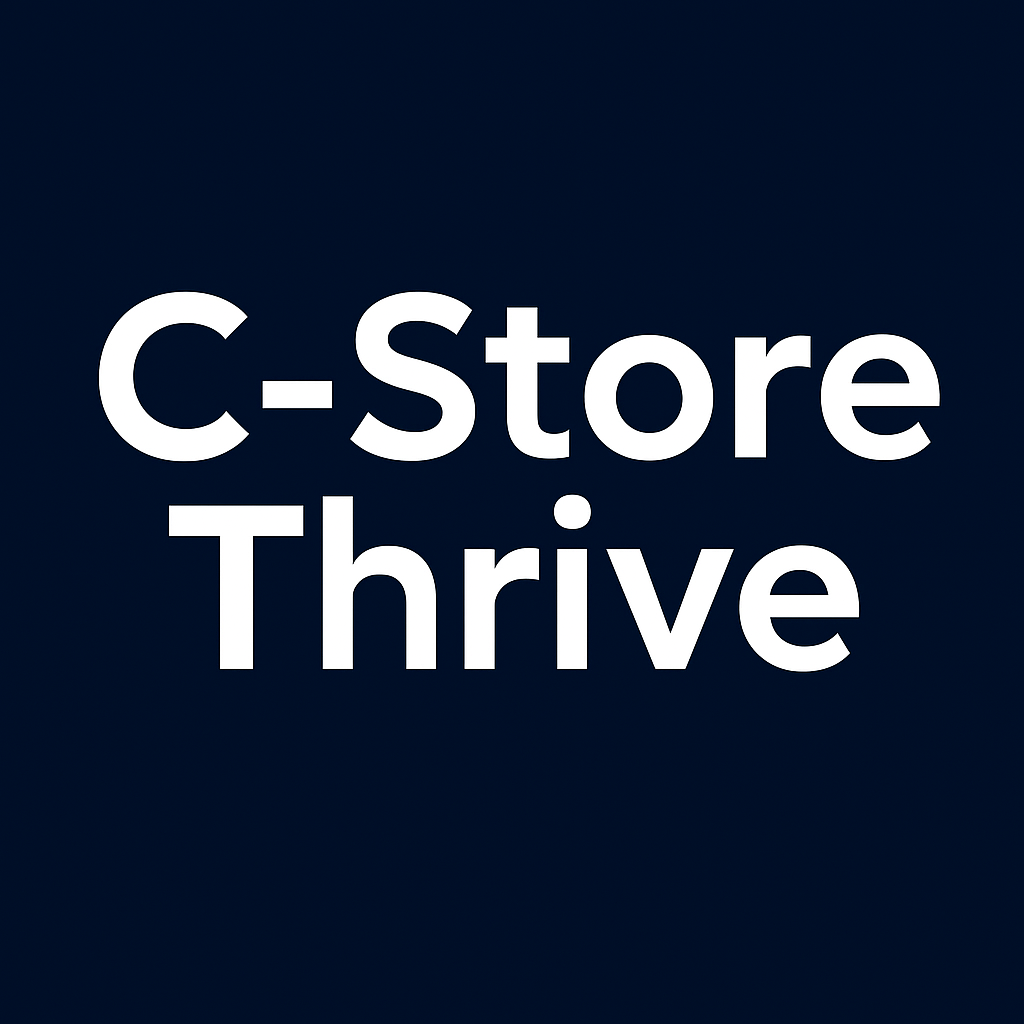Understanding the Role of Category Management in C-Stores
Honestly, I used to think category management was just a fancy phrase corporate types threw around to sound important. Boy, was I wrong! It's actually the secret sauce that separates the thriving C-stores from the ones barely hanging on.

Honestly, I used to think category management was just a fancy phrase corporate types threw around to sound important. Boy, was I wrong! It's actually the secret sauce that separates the thriving C-stores from the ones barely hanging on.
When I first became a store manager, I arranged my store the way I thought looked good. Candy bars lined up by color. Chips organized alphabetically. Drinks sorted from dark to light. Pretty? You bet. Profitable? Not so much!
What the Heck Is Category Management Anyway?
Alright, let me break this down in plain English. Category management is basically treating groups of related products like they're mini-businesses within your store. Instead of just stocking stuff and hoping for the best, you're strategically planning what to carry, where to put it, and how to promote it.
Think of it this way – your candy section isn't just candy. It's its own little profit center that needs its own game plan. Same goes for beverages, snacks, tobacco, you name it.
The whole point? Making sure each category pulls its weight and actually contributes to your bottom line.
Why Your Current Setup Might Be Costing You Money
Here's the thing – I used to stock whatever showed up on the truck. New chips? Sure, throw 'em on the shelf! Running low on something? Just order more! But man, was I missing the bigger picture.
See, every inch of space in your store costs money. If a four-foot section of chips is only bringing in half what it could, that's lost opportunity knocking right on your door. And trust me, those missed opportunities add up faster than you can say "inventory shrink."
I learned this the hard way when I finally sat down and crunched the numbers. My energy drink section was taking up three times more space than my breakfast sandwiches, but guess what? The breakfast sandwiches were making me twice as much money per square foot. Oops!
Reading the Data Without Getting a Headache
Now, I know what you're thinking – "Data analysis? That sounds about as fun as watching paint dry during a Sunday afternoon shift."
But hold up! You don't need to be a math whiz to figure out what's working and what's not. Your POS system is already tracking most of what you need to know:
- What's selling like hotcakes
- What's gathering dust on the shelves
- When people actually buy stuff
- What sells together (more on this gem later)
Once a week, I grab a cup of coffee and spend an hour digging into these reports. It's become my Sunday morning ritual, and honestly, it's pretty interesting once you get the hang of it.
The Art of Product Placement - It's Like Chess, But Cooler
Remember those basketball analogy phrases about "putting the ball where the player is going, not where they are"? Same principle applies to your store layout. You want to position products where your customers naturally look, not where you think looks pretty.
Eye level is prime real estate, folks. I've seen candy sales jump 30% just by moving them from floor level to eye level. And don't even get me started on impulse items near the register – they're like fishing in a barrel!
Pro tip: Traffic flow matters more than you think. I used to have all my beverages lined up against one wall. After some observation (okay, I just watched customers wander around confused), I spread them throughout the store. Now, people naturally flow past more products, and guess what? They buy more stuff!
Cross-Merchandising: The Money-Making Magic Trick
This is where the real fun begins. Cross-merchandising is basically playing matchmaker with your products. Chips and dip? Natural combo! Energy drinks and protein bars? Another power couple!
But here's the kicker – sometimes the best pairings aren't obvious. I never thought to put travel-size shampoo near the automotive aisle until our road-trip season hit. Turns out, people heading out of town buy them together like peanut butter and jelly.
Last summer, I started putting portable phone chargers next to energy drinks. Why? Because I noticed our construction crew customers always grabbed their morning Red Bull and asked if we carried chargers. Now, that display is my third-highest profit per linear foot!
Promotions That Actually Work - Not Just Look Good
Let's be real – running promotions without a plan is like throwing spaghetti at the wall and hoping it sticks. Sometimes it does, usually it doesn't, and either way, you're stuck cleaning up noodles.
Good category management means running promotions that make sense. If you're pushing a BOGO on chips, pair it with soda sales. Having a coffee loyalty program? Upsell breakfast sandwiches like crazy!
The best promotion I ever ran? "Early Bird Special" on breakfast items from 5-7 AM. Cost me almost nothing to implement, but it created a whole new customer base of early commuters who didn't know we served fresh breakfast. They keep coming back even without the discount!
Keeping Up With the Times Without Going Nuts
Consumer trends shift faster than sand in a wind storm. One day everyone wants keto snacks, the next it's all about immunity boosters. Staying on top of what's hot isn't just smart – it's necessary.
I subscribe to a few industry newsletters (they're free, thank goodness) and pay attention to what's trending on social media. When I see something getting popular, I give it a test run. Worst case? It doesn't work and I return the inventory. Best case? I'm ahead of the curve when demand explodes.
But here's the balance – don't chase every trendy item like a dog chasing cars. Focus on what your specific customer base wants. My store's near a university, so healthy grab-and-go options fly off the shelves. Your location might be different!
The Human Element - Because Machines Can't Do Everything
Despite all this talk about data and numbers, the human factor still matters like crazy. I make sure my staff knows which categories are our focus. When someone comes in looking for "something quick for breakfast," my team knows to point out our fresh-made breakfast sandwiches, not just the chips in aisle two.
Training your team to understand category management turns every employee into a mini sales strategist. They stop just stocking shelves and start building customer experiences.
Making It All Work Together
At the end of the day, category management isn't just about making your store look organized, though that's a nice bonus. It's about understanding your customers, maximizing your space, and squeezing every last penny of profit out of what you've got.
I'm still learning new tricks every day. Just last week, I discovered that moving our lottery display slightly closer to the beverage cooler increased beverage sales by 18%. Small tweaks, big results!
The best part? Once you get the hang of it, managing categories becomes second nature. You start seeing opportunities everywhere – in customer comments, sales patterns, even in what your competitors are doing down the street.
So, ready to turn your C-store from a random collection of stuff into a profit-producing machine? Trust me, your future self, and your bank account, will thank you for putting in the work today!





